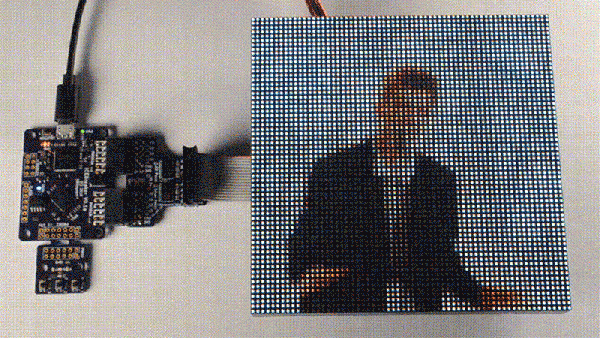Computer languages have always advanced faster than computer hardware. Case in point: we’re just now getting CPU instructions for JavaScript floating point numbers. The 1970s and 80s wasn’t the garbage fire of JavaScript instructions in silicon, instead they were all about garbage collection. Lisp machines were CPUs designed to run Lisp efficiently. They were great, until the companies responsible realized you had to sell a product to stay in business. Combine an interesting architecture with rarity and historical interest, and you have a centerpiece of any retrocomputing enthusiasts collection. Yes, we all want a Lisp machine.
Now there’s an interesting project on CrowdSupply that will make that possible. It’s the MakerLisp Machine, a credit card-sized computer that runs bare-metal Lisp.
We first saw the MakerLisp Machine in its raw prototype form at VCF West last August, and it was in a very, very raw state. That was just a prototype, though, but the MakerLisp business card-sized computer still features the Zilog eZ80 running at 50MHz. The basic board includes a USB port for a serial connection and a microSD card slot for storage. It boots into a Lisp environment, and you don’t even have to use a NuBus card. We’re living in the future here.
Because this is a credit card-sized computer, there is of course an expansion board that breaks everything out, including the GPIOs. Being a Z80, you’re also going to get CP/M support, but the real story here is Lisp, in your pocket.

















